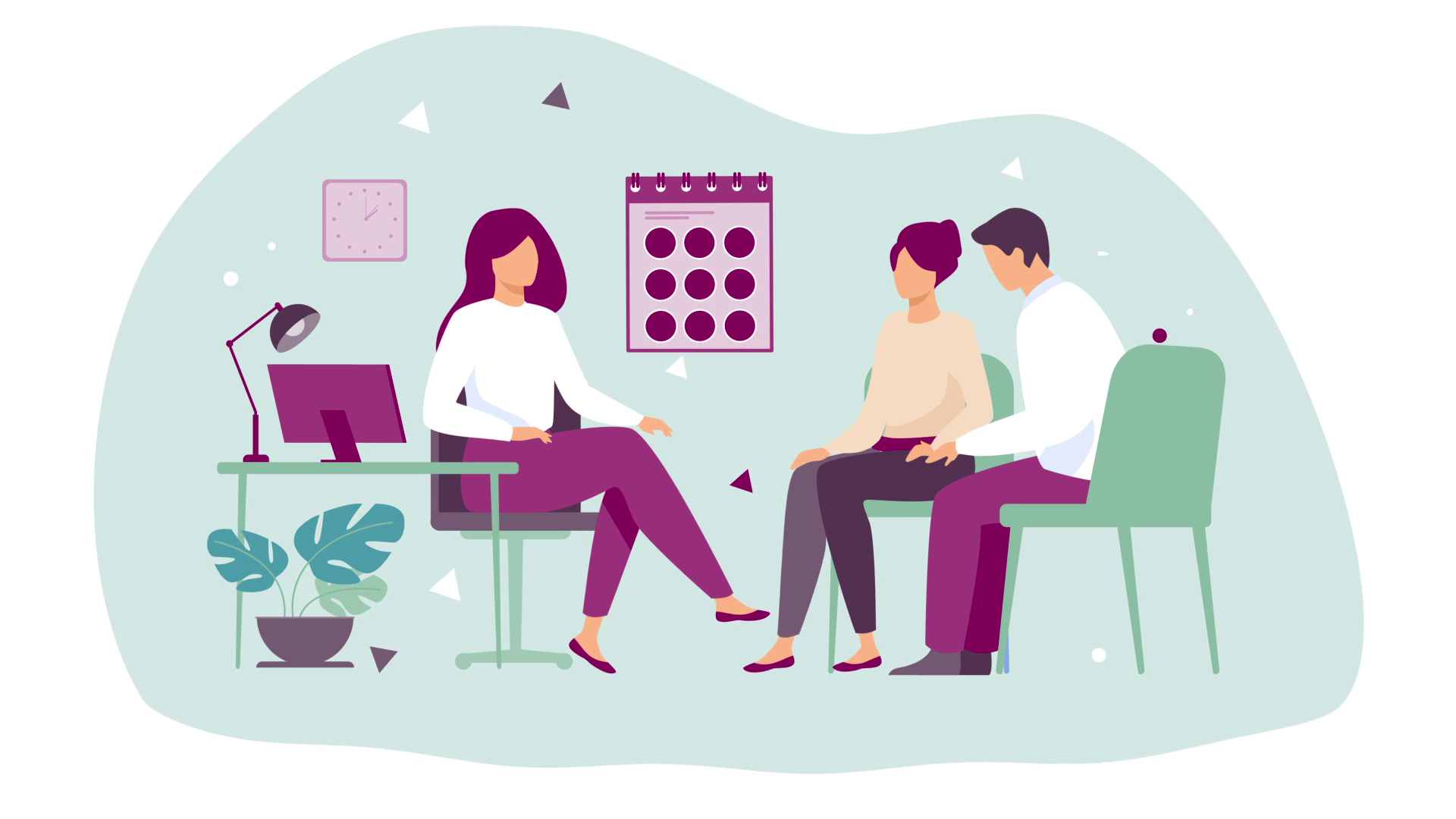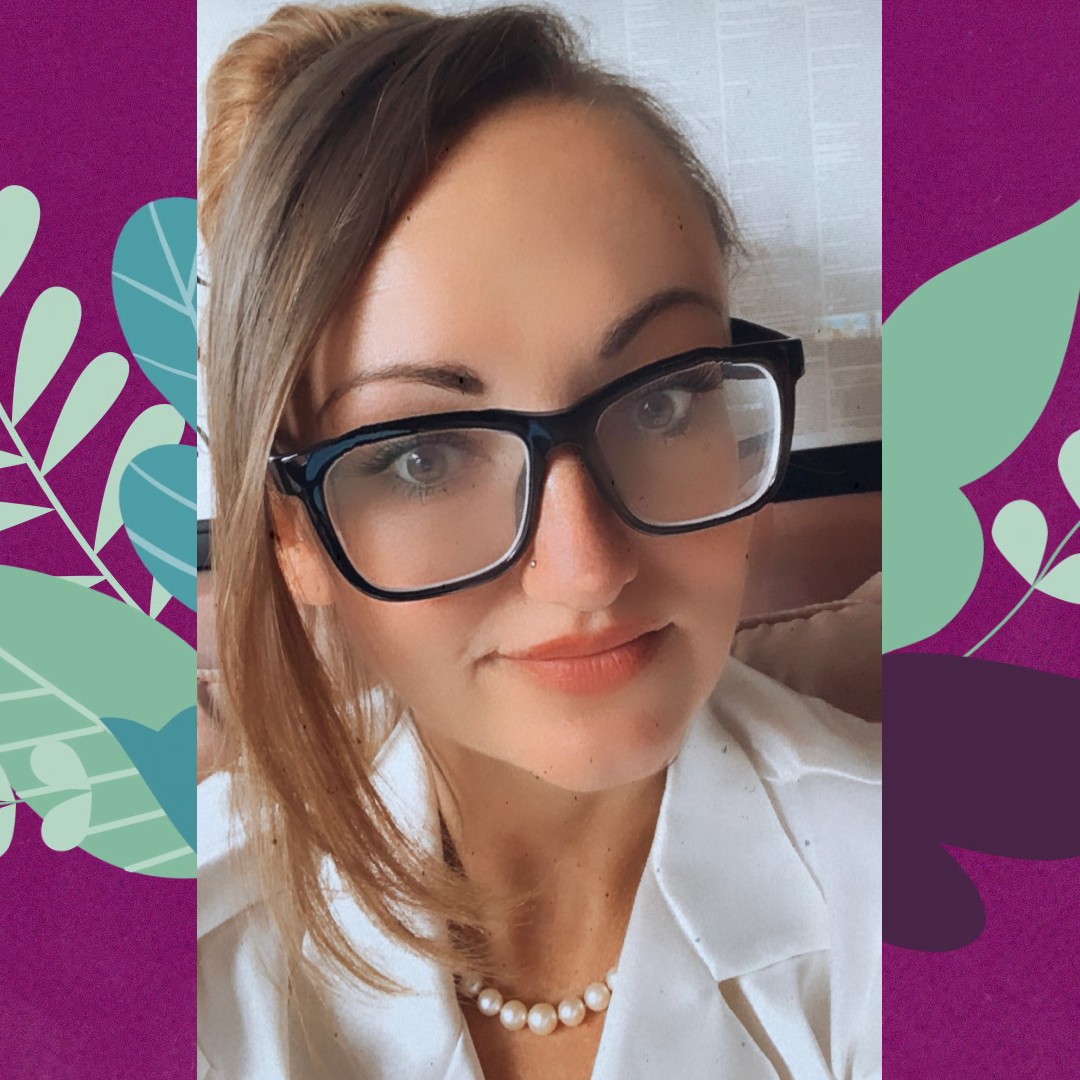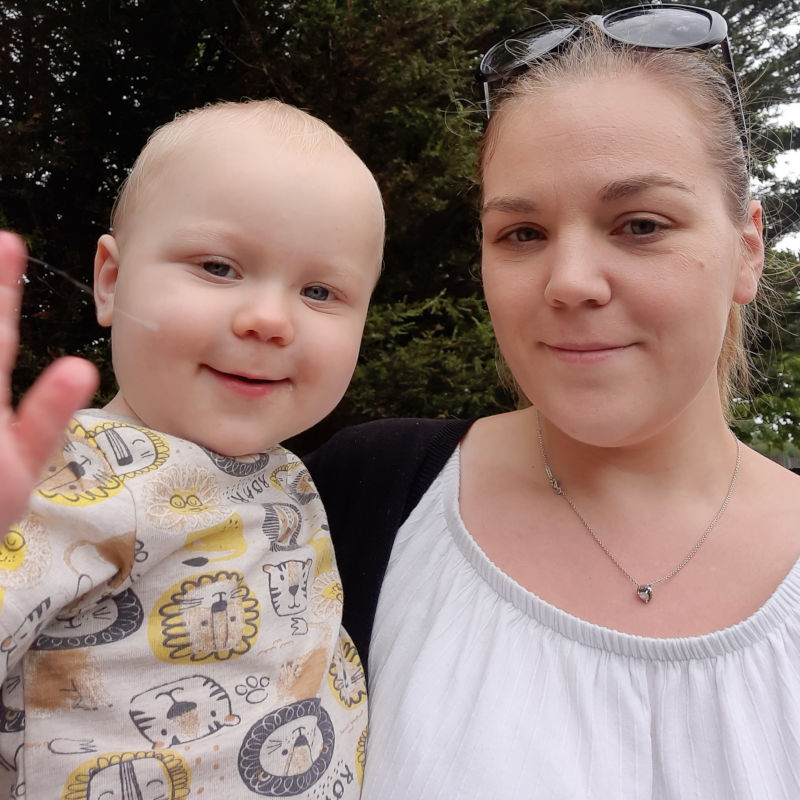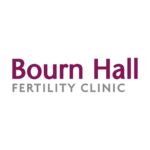Egg collection is one of the steps on the fertility journey but egg quantity and quality can decline with age. Katy, 36, a magazine editor from Leigh-on-Sea in Essex, shares her story.
Katy has a five-year-old son (conceived via a successful cycle of IVF with her former husband) but suffers from unexplained infertility. When she met her new partner J, who has no children of his own, she was very open about her wish to have more children and the fact she would probably need to have IVF again – and soon! Luckily that didn’t put him off – and they made an appointment at Bourn Hall’s Wickford clinic just a few months later …
What’s left in the egg store?
“Comparison is the thief of joy, so the saying goes.
And having had one successful cycle of IVF six years ago, it was hard not to compare this round to that.
There is one very big difference though.
Six years ago, I was 30 years old. In terms of fertility, still relatively young. The resulting pregnancy wasn’t classed as a geriatric (I know!! It’s so unfair that’s an actual term when you hit 35!!) and my egg stores were high.
Back then at collection they got 14 eggs. This time around it was five.
But, as another saying goes, it only takes one!
The 10 days taking a combo of Gonal F and Cetrotide injections saw me having four scans to see how the follicles (that house the eggs) were developing.”
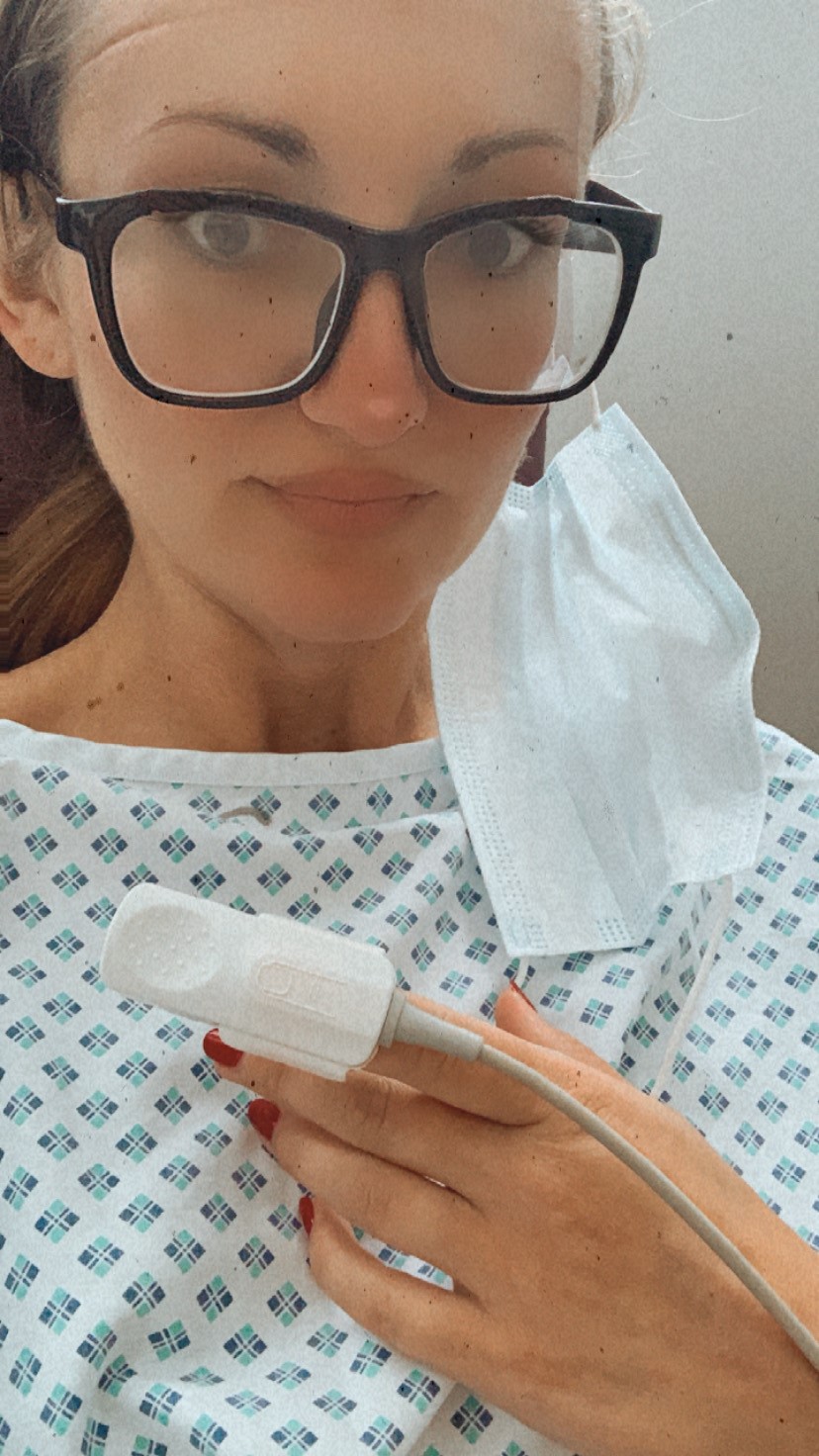
Hunt the ovary
“Having adjusted my medication once, the team were soon happy with the number reaching a decent size (especially as on one occasion it took four attempts to actually find my left ovary in order to scan it. Prior to this, despite all my years having fertility treatments and investigations I had NO idea ovaries could move!!)
While the egg collection procedure is a straightforward one, that doesn’t make it any less daunting.
I was at the clinic for almost three hours, but less than half an hour was spent in theatre.”
Timing is everything
“What made it extra tense was the fact my partner had to time his sperm drop off to coincide with my arrival at Bourn Hall. The sample needs to be there within 90 minutes – and be kept at body temperature. No pressure then!! (He actually taped it to his chest under his top. And, yes, we did muse for a while that this would definitely not be a good time to get into a car crash…)
For the actual egg collection, I was sedated but still conscious. It was a bit uncomfortable but not really painful. My hand was held the whole way through the procedure by a lovely member of the team who had me talking the whole time (though the sedation does mean I have NO idea what I was actually talking about; hopefully it wasn’t too much nonsense!).
Once it was over – and the number of eggs collected confirmed – I was brought up a lovely hot chocolate and some biscuits. I dozed off for a little bit while the sedative wore off and within the hour I was up and – having done a wee – allowed to leave (though I did still feel a bit spaced out!)”
Homeward stretch
“It’s tough that Covid restrictions still mean your partner cannot be on the ward waiting for you while you come round, but he was there in the car park ready to take me home (you’re not allowed to drive for 24 hours).
Back home – with some antibiotics to ward off the chance of an infection and my Crinone gels to help my womb be as welcoming as possible – I just had to take it easy.
We called the clinic that evening as I was experiencing quite a lot of pain in my back. But it turned out to be a bit of pressure on a nerve where I was bloated after the egg collection.
A good night’s sleep and the next morning I felt almost normal again. Apart from the fact we were on total tenterhooks waiting for the call from Bourn Hall’s embryologist to let us know how many of the five eggs had fertilised…”
Read more about Katy’s journey
Overview of the Fertility Journey
IVF down regulation bringing me down
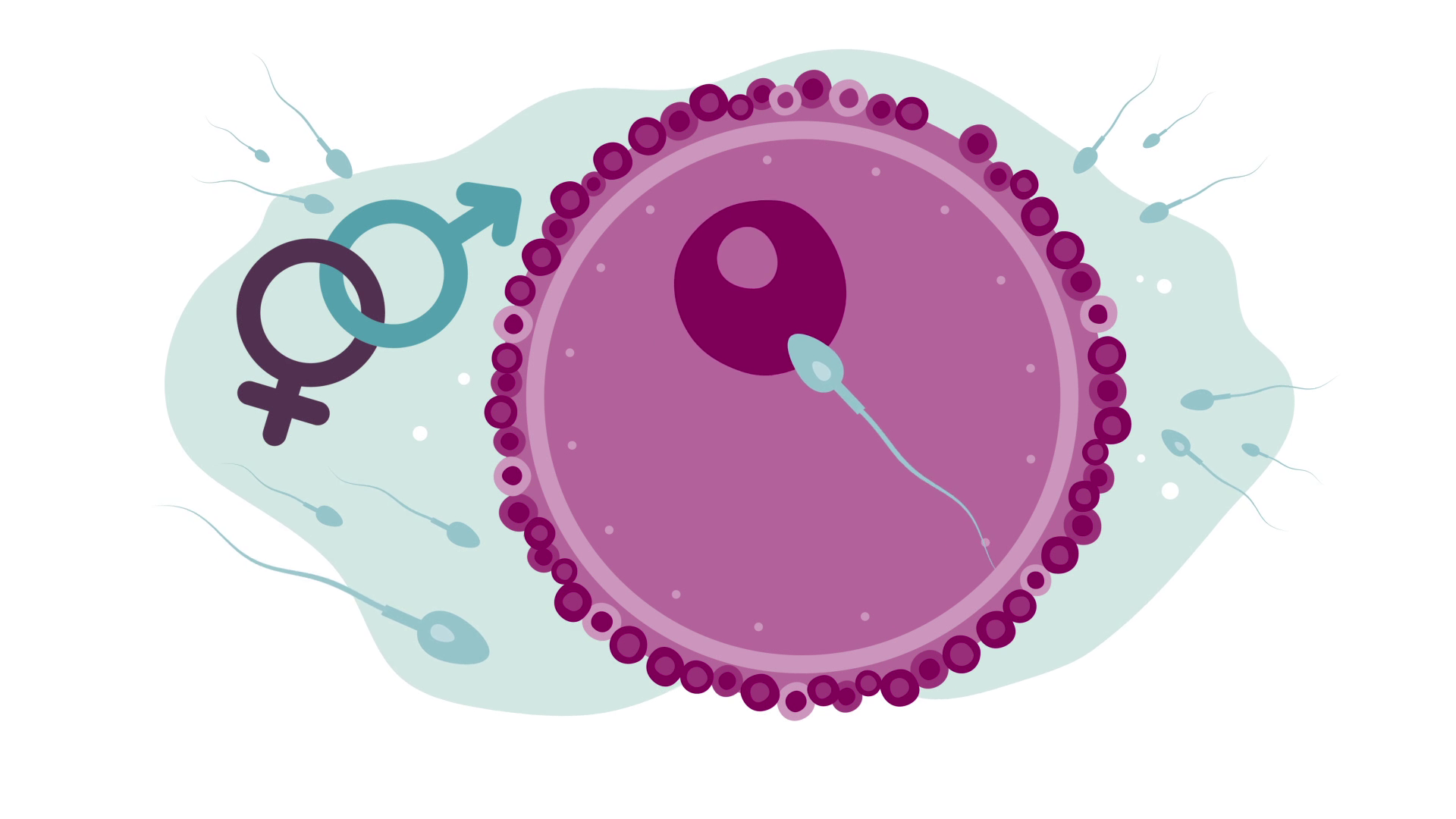
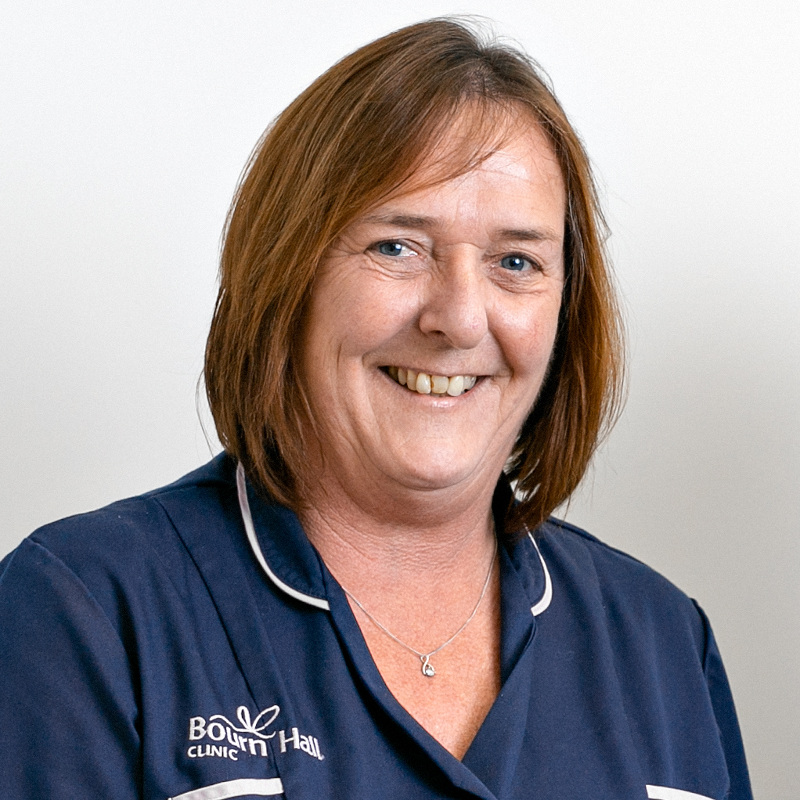
Jackie Richardson, Lead Nurse at Bourn Hall Wickford, says:
Egg collection requires considerable skill and our doctors are performing this procedure many times a week, so they are well experienced. The eggs are contained within follicles in the ovaries and a needle is used to pull out the fluid and egg with gentle suction. The needle is passed through the vaginal wall, guided by ultrasound, and the minor procedure takes about 15 to 20 minutes.
It is not unusual to experience cramps or a small amount of vaginal bleeding after this procedure.


